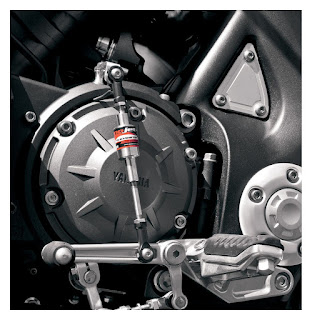Evolution of Clock
The whole universe is defined in term of time. Every important event is associated with time. Every equation in physics can be explained in term of time. Time is an essential part of everyone life. A clock is a machine consisting of gears which are used to measure, keep, and indicate the time. This makes Clock an important tool for everyone.
The clock is one of the oldest human inventions, meeting the need to consistently measure intervals of time shorter than the natural units: the day, the lunar month, and the year. Before mechanical clocks were built, people used to calculate time on the basis of the location of Sun i.e. Sundials. After that Water Clocks came into existence. Early mechanical clocks came in existence in 1176(Sens Cathedral installed a ‘horologe’). A water-powered cogwheel clock was created in China in AD 725 by Yi Xing and Liang Lingzan. This is not considered an escapement mechanism clock as it was unidirectional, the Song Dynasty polymath and genius Su Song (1020–1101) incorporated it into his monumental innovation of the astronomical clock-tower of Kaifeng in 1088. During this period accuracy was the main issue.
The next development in accuracy occurred after 1656 with the invention of the pendulum clock. Galileo had the idea to use a swinging bob to regulate the motion of a time telling device earlier in the 17th century. In 1675, Huygens and Robert Hooke invented the spiral balance, or the hairspring, designed to control the oscillating speed of the balance wheel. This crucial advance finally made accurate pocket watches possible. After this electric, quartz and atomic watches made their way increasing accuracy and purpose.



Comments
Post a Comment